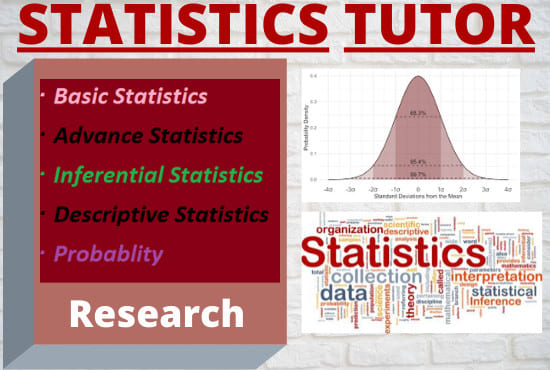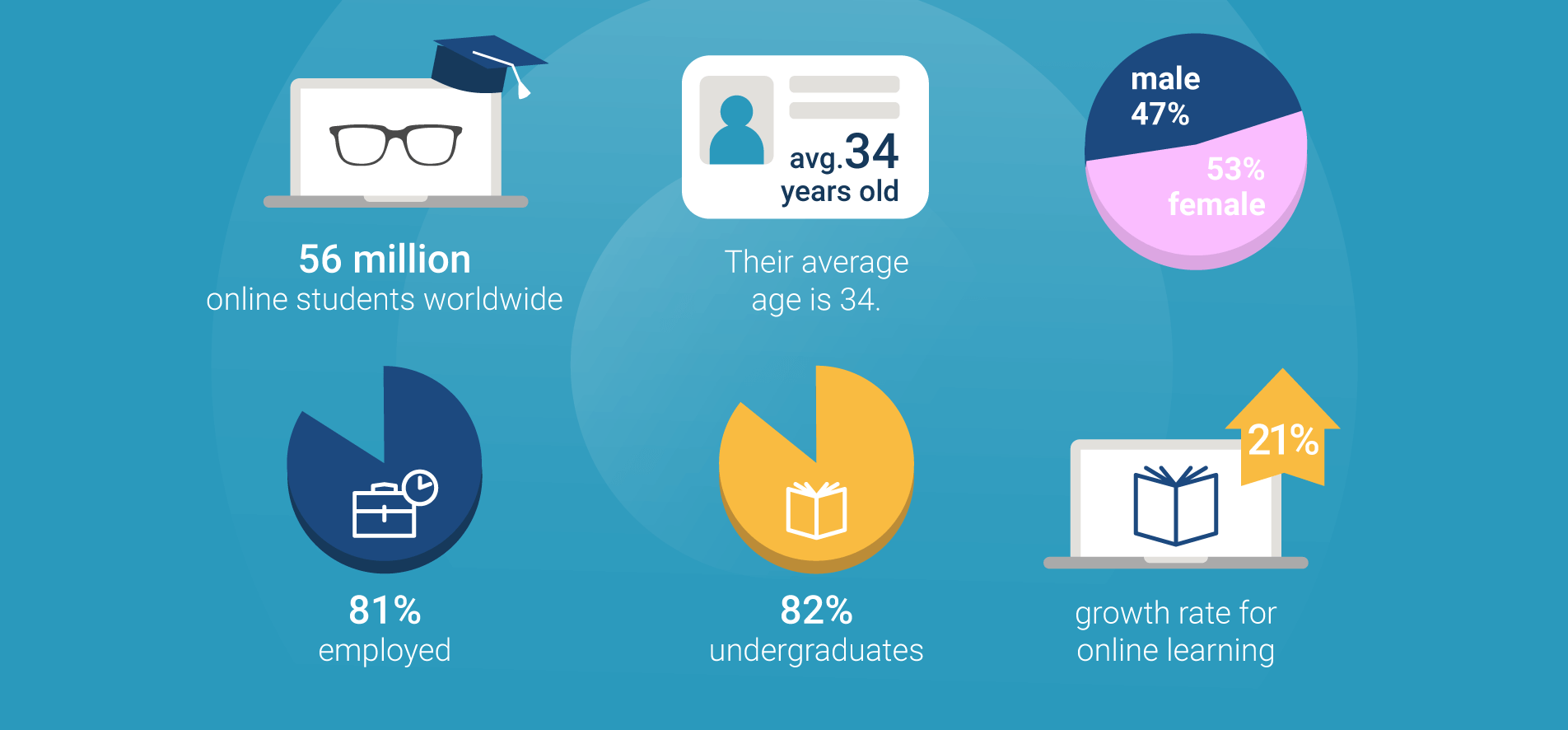How a Stats Tutor Can Build Confidence
Comprehending the Difficulties: Why Pupils Discover Stats Tough and Just How Tutoring Helps
Data offers countless challenges for trainees. The complexities of foundational concepts, paired with complex terms, usually bring about misconceptions. Misconceptions can stem from cognitive biases, specifically in distinguishing relationship from causation. Personalized tutoring becomes a practical service, using tailored guideline that addresses individual finding out needs. As pupils navigate these difficulties, they might discover that the right assistance can change their understanding and perspective towards the topic. What other advantages might this method deal?
The Complexity of Statistical Concepts
Analytical principles are vital for data analysis, their intricacy typically positions substantial challenges for learners. Lots of trainees battle to realize fundamental ideas such as possibility, distributions, and hypothesis testing. These principles need not just mathematical skills yet additionally an understanding of their real-world applications, which can be unintuitive and abstract. The use of lingo and technological language further complicates the finding out procedure, making it hard for students to connect concept with technique. Furthermore, the interplay in between various analytical techniques can bring about complication, specifically when identifying the suitable method for a given dataset. As learners attempt to navigate these elaborate concepts, they might end up being overloaded, leading to aggravation and disengagement. This intricacy requires efficient teaching approaches and encouraging sources, such as tutoring, to help students build confidence and accomplish a deeper understanding of stats. Acknowledging these obstacles is the initial step toward helping with far better instructional end results in the area.
Obstacles in Data Interpretation
Data interpretation presents substantial challenges that can hinder precise evaluation and decision-making. Students commonly have a hard time to draw purposeful conclusions from data due to a lack of experience with various statistical approaches and tools. False impression can emerge from the frustrating quantity of information, bring about confusion about which metrics are relevant. In addition, cognitive biases might cloud judgment, triggering trainees to favor information that verifies pre-existing beliefs instead than evaluating info objectively.
One more difficulty lies in distinguishing connection from causation, a crucial idea that can skew understanding of relationships within data collections. Furthermore, the visual depiction of data, such as graphs and graphes, can in some cases misinform otherwise translated correctly, leading to incorrect final thoughts. These obstacles underscore the significance of establishing solid information interpretation abilities, as they are necessary for making educated decisions in both real-world and academic contexts. Effective tutoring can provide the assistance required to get over these obstacles and foster higher comprehension.
The Duty of Chance in Statistics
Exactly how does possibility shape the foundation of analytical analysis? Likelihood acts as a crucial tool in data, allowing researchers to make reasonings about populaces based on example information. By quantifying unpredictability, probability enables statisticians to estimate the possibility of various results, promoting decision-making processes. Probability distributions, such as the normal circulation, give crucial frameworks for recognizing data habits and irregularity.
Furthermore, principles like hypothesis testing count heavily on chance to figure out the relevance of outcomes (Stats Tutor). This interaction between chance and statistics helps in reviewing the legitimacy of cases and assisting more research. Understanding chance is vital for analyzing analytical results properly, as it aids to contextualize searchings for within their more comprehensive uncertainty. A solid grasp of possibility concepts furnishes students with the analytical skills required to deal with intricate statistical challenges, cultivating a more extensive understanding of the subject issue.
Typical Misconceptions Regarding Stats
What are some typical false impressions that commonly shadow the understanding of stats? Several people wrongly think that statistics simply includes numbers, ignoring its conceptual structures. Some assume that a little example dimension can yield dependable conclusions, neglecting the importance of depictive information. Another widespread false impression is the idea that connection suggests causation, leading to incorrect analyses of relationships in between variables. Furthermore, several students think that data is only regarding calculations rather than acknowledging its function in information interpretation and decision-making. Others may watch statistics as an inflexible self-control, falling short to value its flexibility in numerous contexts. Misconceptions regarding statistical relevance, such as equating it with practical significance, additionally add to confusion. These mistaken beliefs can impede students' capability to comprehend statistical principles successfully, often resulting in frustration and anxiousness when involving with the topic. Dealing with these misunderstandings is vital for promoting an extra comprehensive understanding of statistics.
The Advantages of Tailored Tutoring
Individualized coaching deals substantial benefits for pupils having problem with statistics, as it tailors instruction like this to individual knowing designs and demands. This customized approach permits tutors to determine particular locations of problem and adapt their mentor methods appropriately. By concentrating on the distinct challenges each pupil faces, personalized tutoring promotes much deeper understanding and retention of statistical concepts.
One-on-one communication offers students with the chance to ask inquiries freely and get immediate feedback, boosting discovering efficiency. Personalized tutoring likewise aids develop self-confidence, as trainees progression at their very own rate without the pressure of a classroom atmosphere.

Often Asked Questions
What Anticipation Is Needed Before Researching Data?
Anticipation in basic mathematics, including algebra and arithmetic, is essential before examining stats. Experience with ideas such as variables, data, and features analysis considerably boosts understanding and application of statistical concepts in real-world situations.
How Does Innovation Impact Learning Statistics?
Technology enhances discovering stats by offering interactive tools, simulations, and visualizations that clarify ideas. On-line systems make it possible for joint right here knowing and accessibility to resources, cultivating a deeper understanding of statistical approaches and motivating involvement among pupils.
Exist Particular Research Methods for Learning Statistics?
Effective study strategies for grasping statistics consist of energetic experiment analytical, making use of aesthetic aids, forming research groups for collaborative knowing, and applying real-world examples to boost understanding and retention of statistical concepts.
What Jobs Need Solid Analytical Abilities?
Jobs requiring strong statistical abilities consist of data analyst, statistician, actuary, market researcher, and epidemiologist. These professions utilize statistical methods to translate information, educate choices, and fix intricate problems across various markets, enhancing total analytical abilities.
How Can Group Research Sessions Aid With Statistics?
Group study sessions enhance understanding of statistics by promoting collaborative problem-solving, making it possible for varied point of views on complex ideas, and fostering a supportive atmosphere where trainees can clear up questions and strengthen learning via discussion and shared sources. Stats Tutor.
